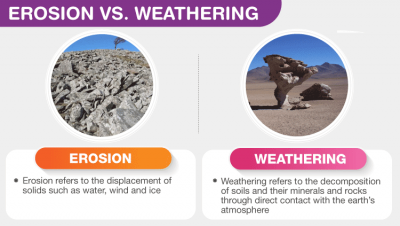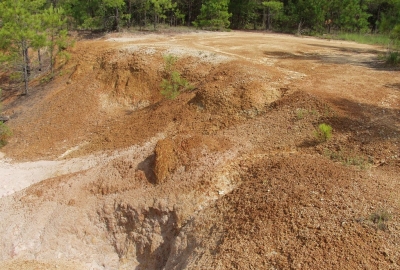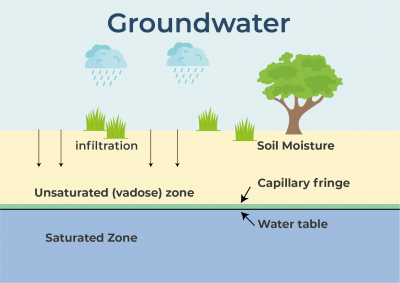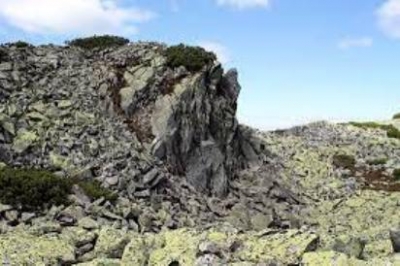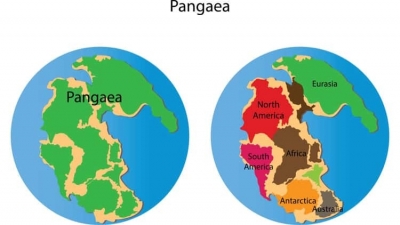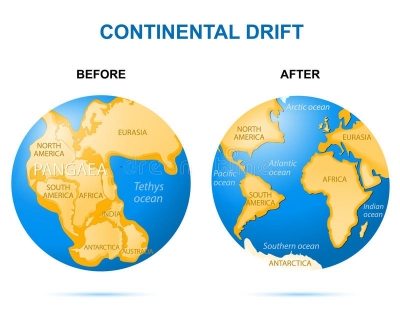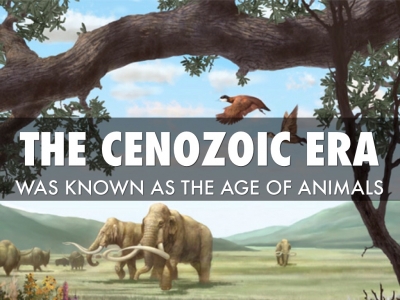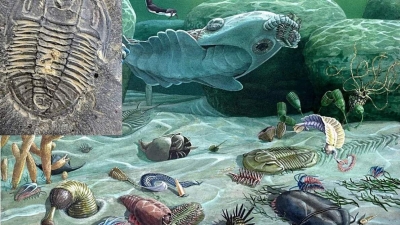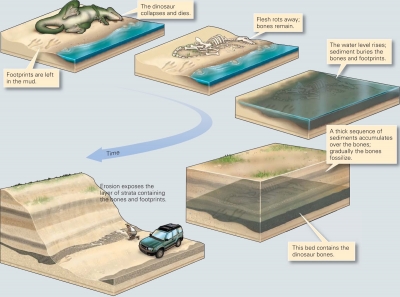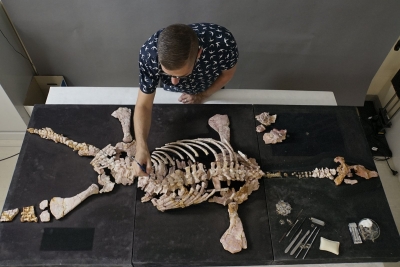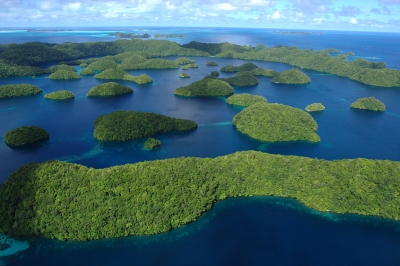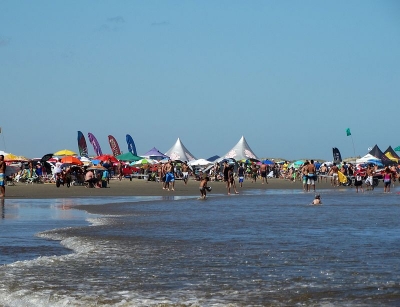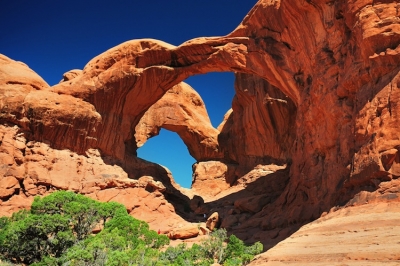WHAT IS HONEYCOMB WEATHERING?
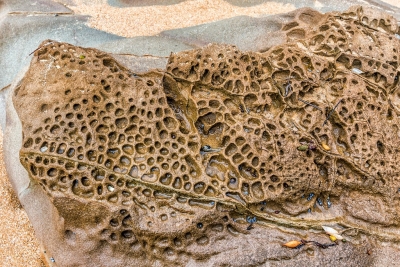
|
When salt water that collects on the rough surface of rocks, or seeps into cracks, evaporates, it leaves behind salt crystals. Over time, these crystals alter the rock, forming hundreds and thousands of tightly joined pits called honeycombs that are a classic example of both physical and chemical weathering. |
Honeycomb weathering occurs throughout the world, but the origin remains a matter of controversy. Wind erosion, exfoliation, frost shattering, and salt weathering have been proposed as explanations, although few attempts have been made to substantiate these hypotheses with chemical or mineralogical studies.
Chemical analyses and field observations indicate that honeycomb weathering in coastal exposures of arkosic sandstone near Bellingham, Washington, results from evaporation of salt water deposited by wave splash. Microscopic examination of weathered surfaces show that erosion results from disaggregation of mineral grains rather than from chemical decomposition. Thin walls separating adjacent cavities seem to be due to protective effects of organic coatings produced by microscopic algae inhabiting the rock surface. Cavity walls are not reinforced by precipitation of elements released by weathering, as has often been suggested at other locations. Honeycomb weathering develops rapidly and can be observed on surfaces that were planar less than a century ago.
Credit: Geo Science World
Picture Credit : Google
